Butterfly magnets and how they grow
Butterfly bush, Buddleia davidii, is a fast growing, vase-shaped, usually gangly shrub growing 6 to 10 feet tall. They attract several types of butterflies like crazy and do well in the Sierra Foothills because they need little water, bloom when most flowers are fading and grow to an impressive speedy size in the garden.
When I read on the website of Mountain Valley Growers, that Buddleia never drops its flowers I was interested. I had planted two tubes of the common form of Butterfly bush from the Coarsegold Resource Conservation District, in 2006, at one their plant sales in town. Now, I had to find out…
Helping Buddleias to behave
In their care and pruning instructions Mountain Valley Growers say that buddleias can be pruned ‘to the ground.’ That intrigued me since, when I read this is in Fall of 2010, the two were well established and getting quite, …well. gangly. Normally, I just deadheaded the flowers themselves, so since I absolutely love garden experiments, I decided this time to prune one and leave the other,… and just wait and see.
In early February, one was cut down to 18”, quite drastic and bare looking. I dumped a load of leaves on to camouflage the bare sticks. I left the flowers on the un-pruned bush to test out the statement that they never drop. Never? We’ll see…
Here are the results:
These two bushes set at the corner of the house where the sidewalk winds around make you feel as if you’re not going to fall off the hill. Trimmed, you feel a bit exposed rounding the corner.
By May when warmer weather arrives, ‘the sticks’ have recovered and show signs of robust new growth. The untrimmed bush is as tall as ever even after the rain, cold and snow of winter in my Zone 7 garden.
Both plants, above, are filling out but the untrimmed one’s new growth is coming from the tips of old lanky branches, while the pruned one’s branches and leaves are fresh, thick and new.
Both bushes, above, at the first of July have very different silhouettes.
Now in mid July, both bushes are blooming and about the same height though very different. It’s now when you can see the benefits of the pruning. I may not prune them both so radically next Spring, but I will do both. I actually like the wildness of the lower bush down the hill, so may just do this every other year.
The thing I don’t like, and now notice, is the look of the old blooms from summer of 2010, which did hang on even through this years flowers. The new blooms seem much smaller and round instead of the long cone shaped panicles of the pruned bush. the photos below taken mid July will show this.
On the trimmed plant, shown below, you can see the fresh foliage. Now, you see the results of my garden experiment…what do you think? Will you change your pruning habits for Buddleias?
Why have butterfly bushes in your garden? They make a great anchor to a butterfly garden. Placed in the back they form a tall, wide background for other butterfly attractors like Milkweed, California Aster, Honeysuckle, Seaside Daisy, California Fuchsia, Lupine, Scarlet Monkey Flower Penstemon and Sage.
Notes:
Invasive?
No, not in our Sierra Foothills. You may hear that buddleias should not be grown anywhere in the US, for the reason that they are invasive in the Pacific Northwest (you so invasive there that you’ll see them happily growing along the 5 Fwy in Seattle), but the Northwest has a much different climate and a lot more moisture than we. No problemo!
Spelling lesson
Do you spell buddleia, buddleja, Buddlea, differently each time? It was named to honor botanist Reverend Adam Buddle, so knowing that, it should be easier to sort out. Even though plant ‘namer,’ Linnaeus’ spelling was buddleja, most now spell it buddleia.



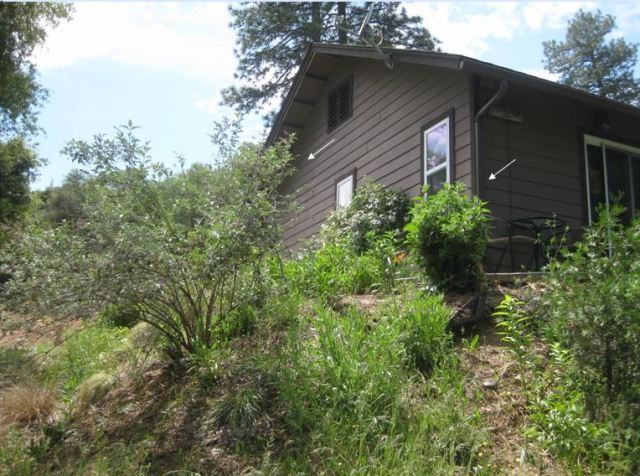

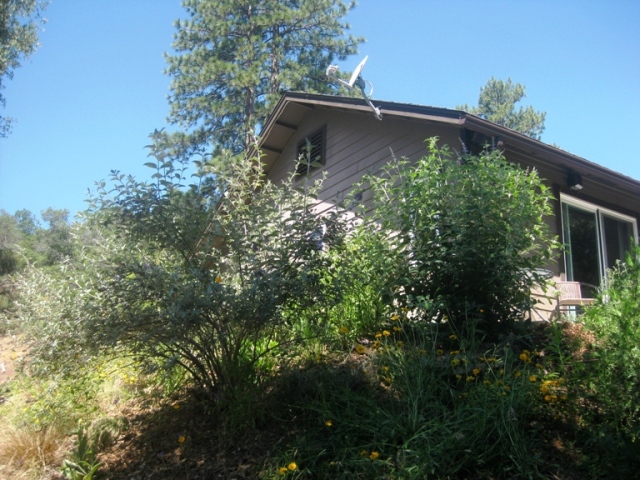
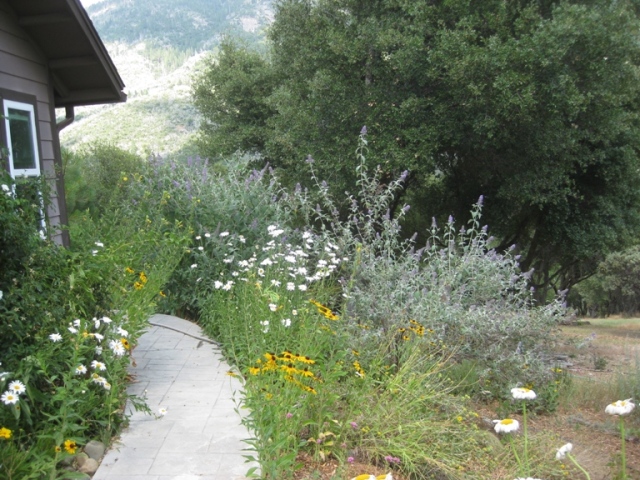

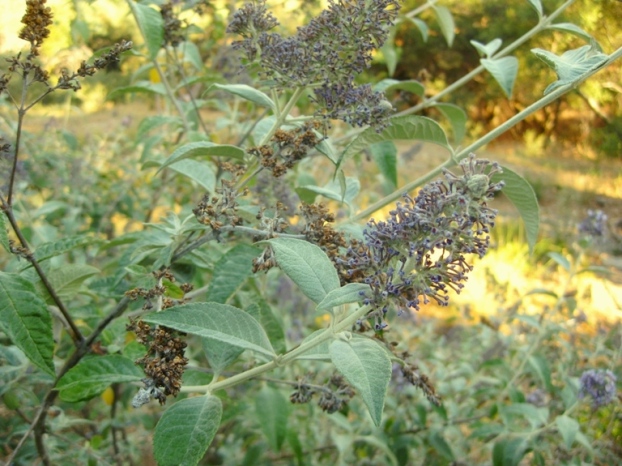

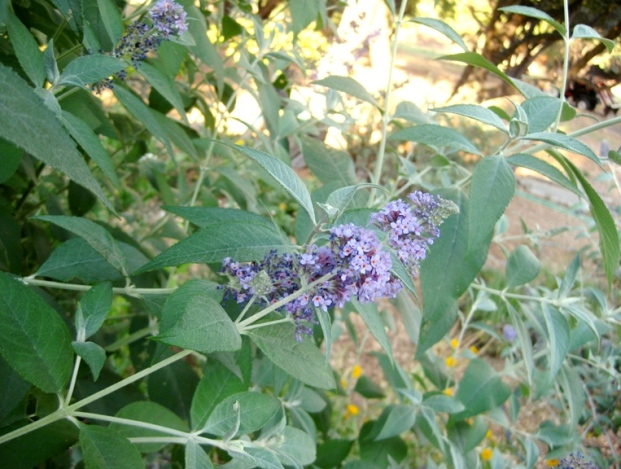

Pingback: Our favorite butterfly plants | Flea Market Gardening